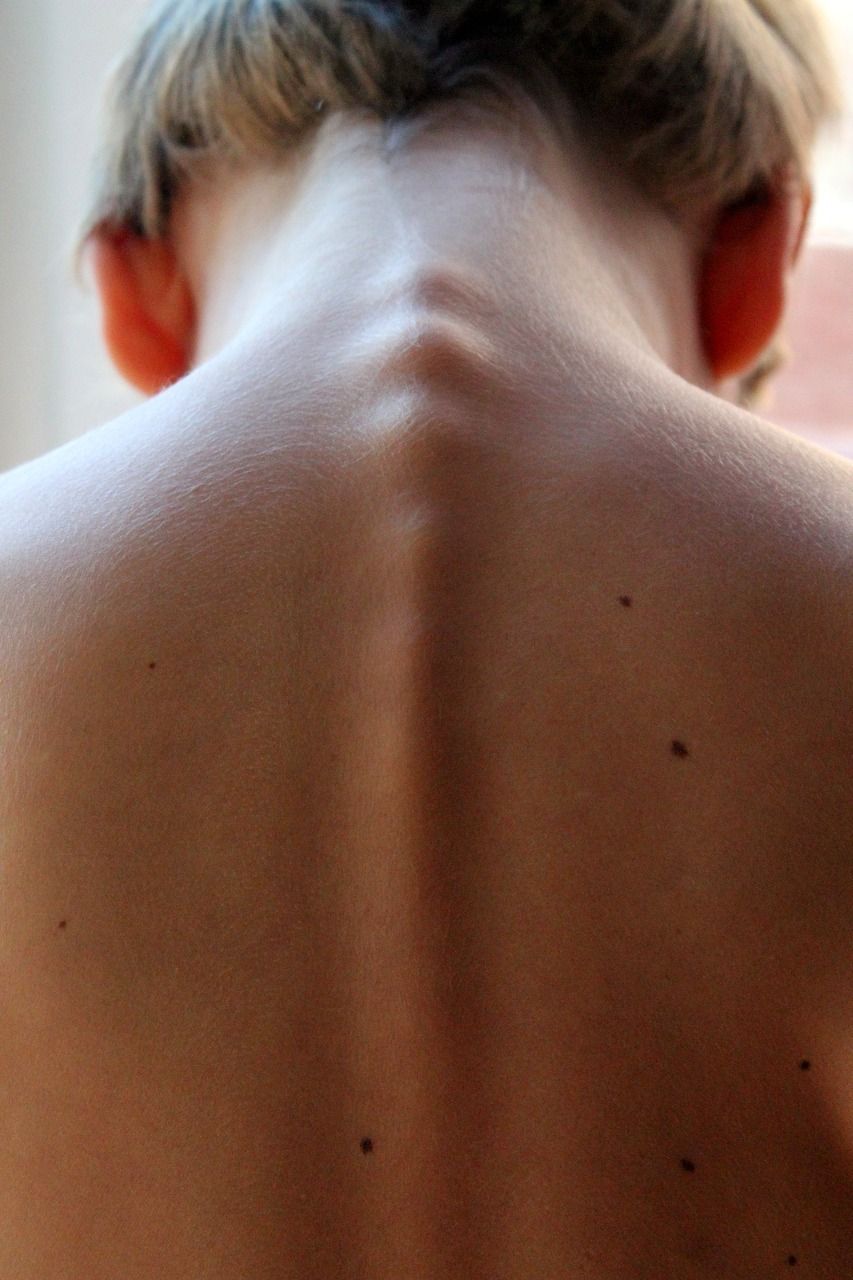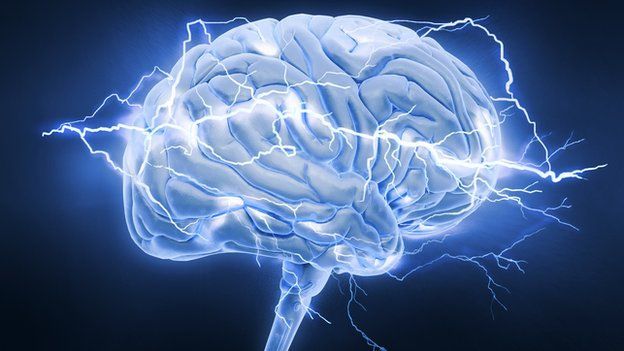Physical Therapy for Vertigo: Maneuvers & What to Expect
Physical therapy for vertigo is a common method for treating dizziness and other symptoms associated with vertigo. What does a physical therapist do for vertigo? A physical therapist can help you manage your vertigo symptoms.
Controlled movements combined with exercises designed to improve your balance are a focus of physical therapy for vertigo. These therapies work better with certain forms of vertigo. It’s important to first understand the root cause of your vertigo symptoms for a more complete treatment plan.
Symptoms & Causes of Vertigo
Vertigo is a sudden spinning sensation when you feel off balance. While it isn’t life-threatening, vertigo can dramatically impact your quality of life, particularly in older adults. There are 2 forms of vertigo:
- Central vertigo is rare and caused by a problem in the brain or nervous system.
- Peripheral vertigo , the type targeted in physical therapy, is more common and caused by problems in the inner ear.
Symptoms during an episode of vertigo include:
- Headache
- Lightheadedness/unsteadiness
- Nausea and/or vomiting
- Ringing in the ears
- Hearing loss
- Abnormal eye movements/nystagmus
Vertigo itself is more a symptom of a larger problem than a condition itself. The best long-term solution for vertigo is identifying the root cause. Common causes of vertigo include:
- Benign paroxysmal positional vertigo (BPPV)
- Meniere’s disease
- Tumors
- Migraines
- Inner ear infections
To treat your symptoms, a specialist should want to identify the underlying cause of dizziness alongside your vertigo diagnosis.
How Physical Therapists Diagnose Vertigo
A primary care physician, chiropractor, or physical therapist can all diagnose vertigo. In a physical therapist’s office, diagnosing vertigo is a multi-pronged approach. You’ll be asked a series of questions as a way to better understand your medical history. Vertigo diagnosis questions may include:
- How long have you had vertigo symptoms?
- How long do your episodes of vertigo last?
- What have you noticed about triggers for your vertigo? (Are you in bed when it happens? Does it happen after periods of stress?)
- What additional symptoms do you have on top of the spinning sensation and dizziness?
- Do you think you are at risk of falling or injury during an episode of vertigo?
A physical therapist can follow up a health history with positional tests such as the supine-to-sit, supine roll, and Dix-Hallpike tests. Some clinics will use infrared goggles to monitor your eye movements for abnormal activity, a classic vertigo symptom, during these maneuvers.
A computerized dynamic posturography machine (CDP) is another tool to both measure disorientation during repositioning maneuvers and measure the progress of vertigo exercises.
If your vertigo is caused by BPPV — the most common cause of vertigo — a physical therapist might recreate BPPV symptoms with a series of controlled movements to first diagnose you. Your treatment plan may include these movements in the long-term.
How does physical therapy help vertigo?
Physical therapy to improve vertigo symptoms focuses on exercises that support body movements affected by vertigo. These are specialized techniques that may result in longer-term relief, depending on your case.
What is the purpose of physical therapy for vertigo? The purpose of physical therapy for vertigo is to both manage your vertigo symptoms and improve your quality of life. Some exercises promote general balance while others train your body to cope with specific vertigo triggers. Physical therapists that target vertigo symptoms are often specialists in vestibular rehabilitation therapy.
What is vestibular rehabilitation therapy? Vestibular rehabilitation therapy is a series of exercises put together by a physical therapist who specializes in conditions affecting your vestibular system (inner ear), including poor posture, migraines, vertigo, and even stroke.
To begin managing your vertigo symptoms, a physical therapist will lead you through a series of canalith repositioning techniques and head movements used to treat conditions like BPPV. In episodes of vertigo caused by BPPV, the calcium carbonate crystals, which help your body detect motion, detach from the utricle, a region of the inner ear.
Those crystals migrate to another part of the inner ear called the semicircular canals. This migration of crystals can result in miscommunication between those crystals and your brain and confusion about your position. The result is dizziness, disorientation, and vertigo.
How do you reset the crystals in your ears? Canalith repositioning techniques and vertigo exercises are supposed to reset the crystals in your ear canals and move the debris to where it belongs. Popular vertigo exercises you may see in a physical therapist’s office include the following:
- Epley maneuver
- Semont maneuver
- Half somersault
These controlled changes in head position can only be successful if you know which ear is affected by your vertigo symptoms. These movements may cause a vertigo attack, but that’s alright. It’s important that you don’t try vertigo exercises on your own the first time.
Physical therapy can lead to a number of improvements to your quality of life, including:
- Improved balance
- Better focus
- More strength
- Neck stability
- Improved posture
- Reduced risk of falling or other injury
At-Home Physical Therapy Exercises for Vertigo
As part of your sessions with a physical therapist, you should also be shown gentle movements you can do at home to relieve vertigo symptoms. These may look like home-based versions of popular exercises, like the Epley maneuver, or movements designed specifically for at-home use. Vertigo exercises designed for at-home use include the following:
- Modified Epley maneuver
- Brandt-Daroff exercise
- Foster maneuver/Half somersault
- Romberg exercise
- Standing sway exercise
- Cawthorne exercises
- Marching in place
What kind of physical therapist do you need for vertigo?
Most physical therapists have a background in treating balance problems like vertigo. To ensure that you’re working with a specialist who has both the training and experience to treat vertigo symptoms, seek out therapists who list experience in “vestibular rehabilitation”.
The American Physical Therapy Association is a great resource to help you find a Doctor of Physical Therapy (DPT) that meets your needs.
What To Expect After Physical Therapy for Vertigo
Most physical therapy programs targeting vertigo symptoms last 6-8 weeks. This can vary based on the individual patient, particularly if the condition causing your symptoms is more serious.
Some patients only need a few sessions to learn basic techniques to manage the rare vertigo episode or relieve symptoms immediately. In most cases, patients who have received physical therapy can expect improved balance and stability, increased body and muscle strength, and improved neck mobility.
Many patients experience long-term improvements in overall vertigo symptoms and dizziness.
Other Vertigo Specialists
Physical therapy techniques are part of a broad strategy to managing vertigo. Identifying and treating the underlying cause of your symptoms is the key to long-term improvement. That may mean working with more than one specialist, including your primary care physician and a chiropractor.
Some vertigo attacks are caused by misalignment in the vertebra of the upper cervical spine, which can happen after neck injuries or head trauma. A chiropractor can help you correct that misalignment and give you relief from your dizziness by using precise repositioning maneuvers.
Ready to get to the root of your problem with chiropractic care? We’re currently accepting new patients at our Ball Ground office.
Sources
- Palmeri R, Kumar A. Benign Paroxysmal Positional Vertigo. [Updated 2022 Jan 3]. In: StatPearls [Internet]. Treasure Island (FL): StatPearls Publishing; 2022 Jan. Full text: https://www.ncbi.nlm.nih.gov/books/NBK470308/
- Galgon, A. K., Tate, A., Fitzpatrick, M., & Schoenewald, W. W. (2021). Agreement Between Physical Therapists in Diagnosing Benign Paroxysmal Positional Vertigo. Journal of neurologic physical therapy : JNPT, 45(2), 79-86. Abstract: https://pubmed.ncbi.nlm.nih.gov/33675601/
- Baydan, M., Yigit, O., & Aksoy, S. (2020). Does vestibular rehabilitation improve postural control of subjects with chronic subjective dizziness?. PloS one, 15(9), e0238436. Full text: https://www.ncbi.nlm.nih.gov/pmc/articles/PMC7467293/
- Hilton, M. P., & Pinder, D. K. (2014). The Epley (canalith repositioning) manoeuvre for benign paroxysmal positional vertigo. The Cochrane database of systematic reviews, (12), CD003162. Abstract: https://pubmed.ncbi.nlm.nih.gov/25485940/
- Whitney, S. L., Marchetti, G. F., Ellis, J. L., & Otis, L. (2013). Improvements in balance in older adults engaged in a specialized home care falls prevention program. Journal of geriatric physical therapy (2001), 36(1), 3-12. Abstract: https://pubmed.ncbi.nlm.nih.gov/22573005/


Ready to Make an Appointment?
We serve patients in Ball Ground, GA.

